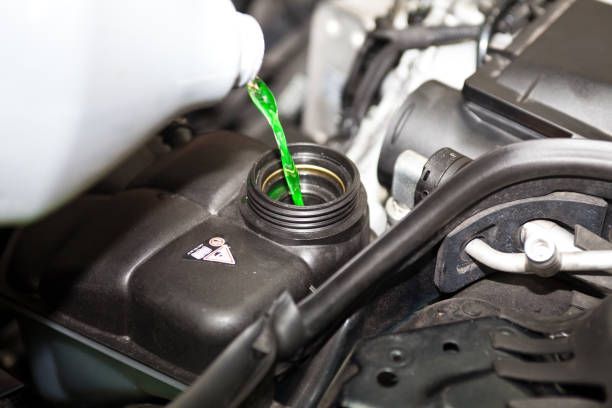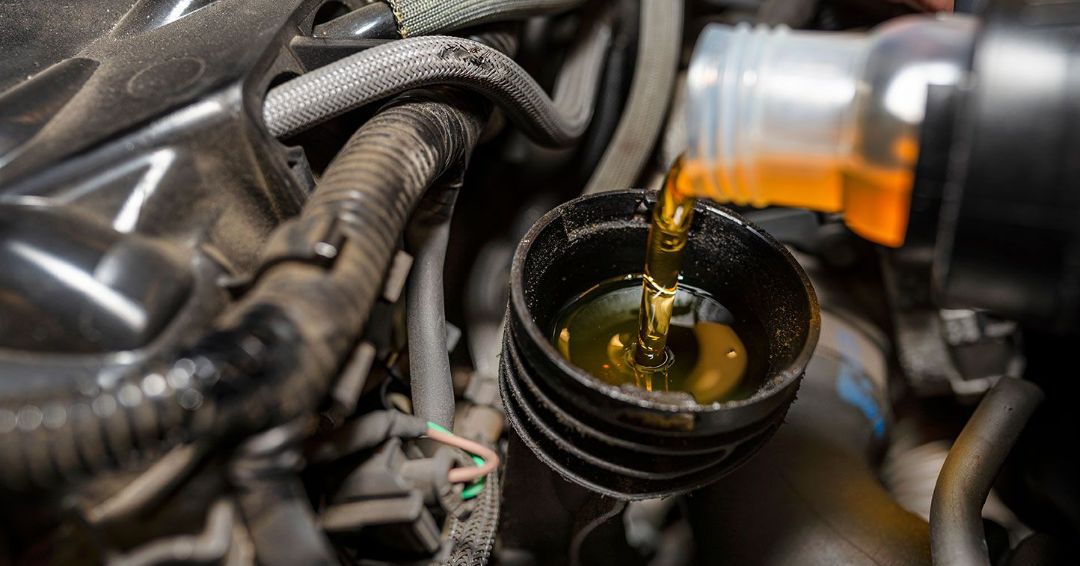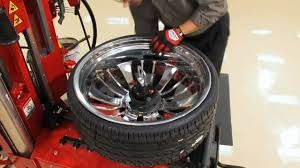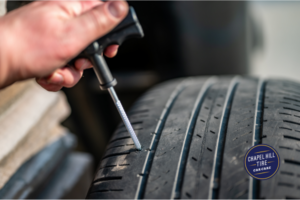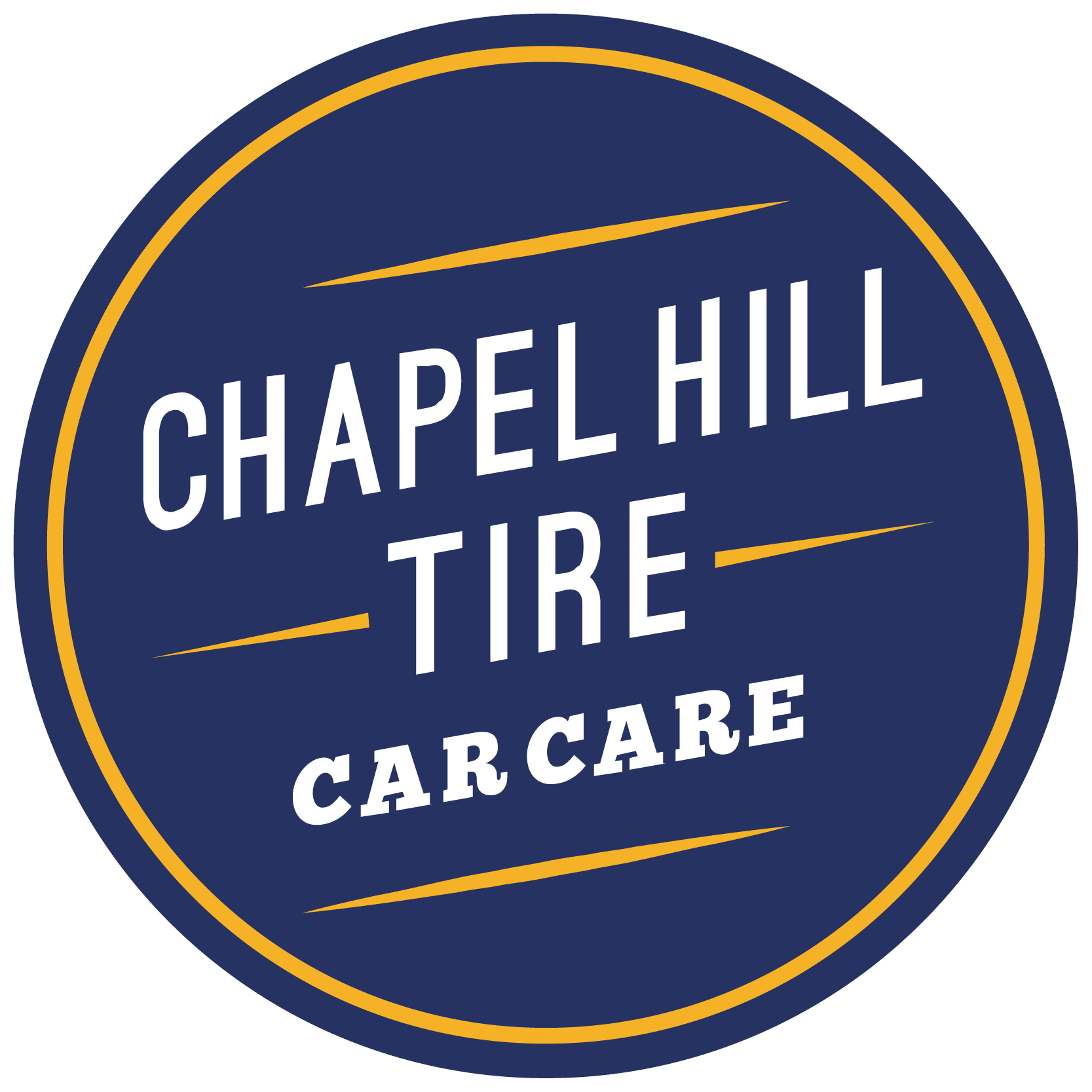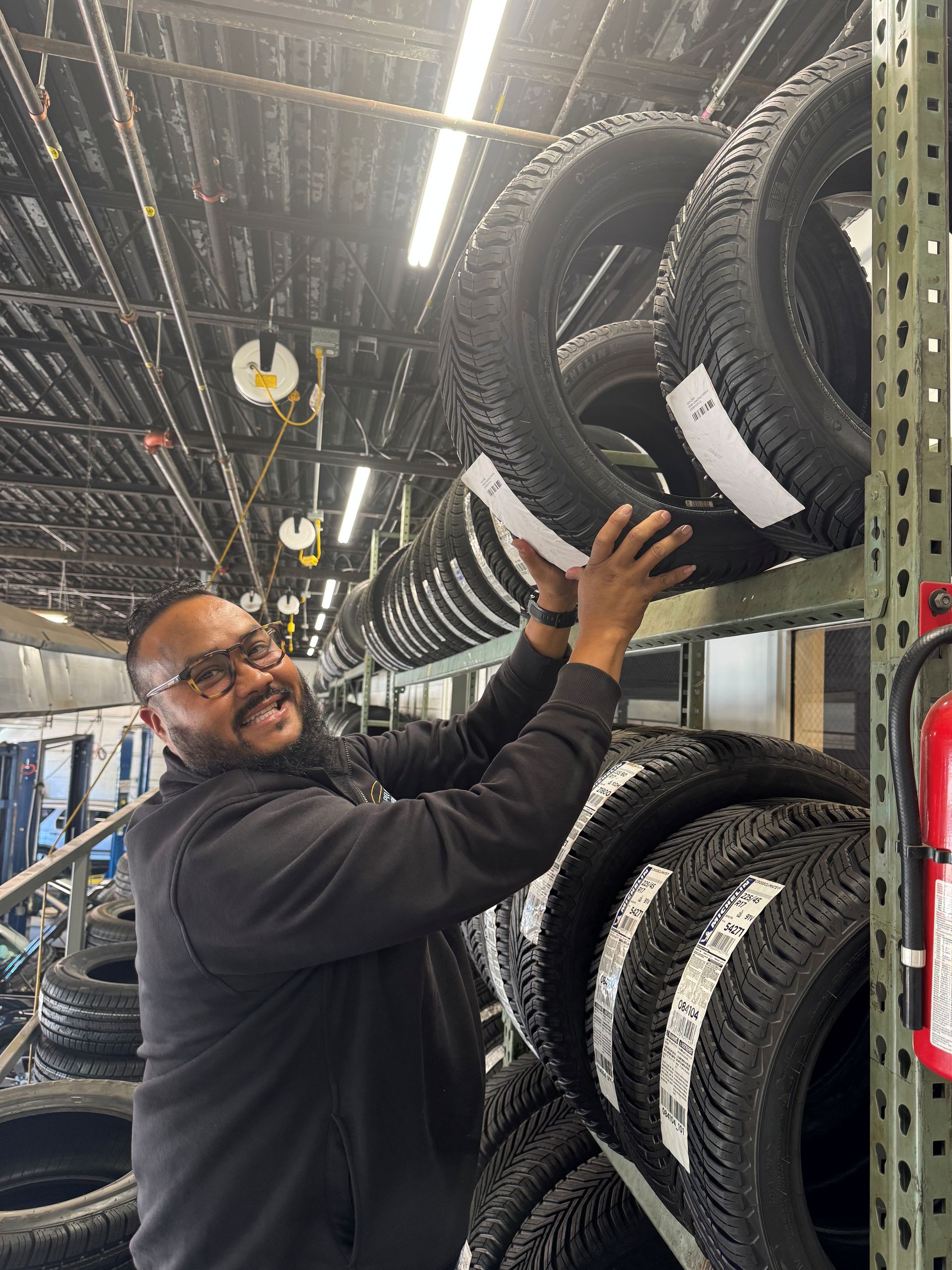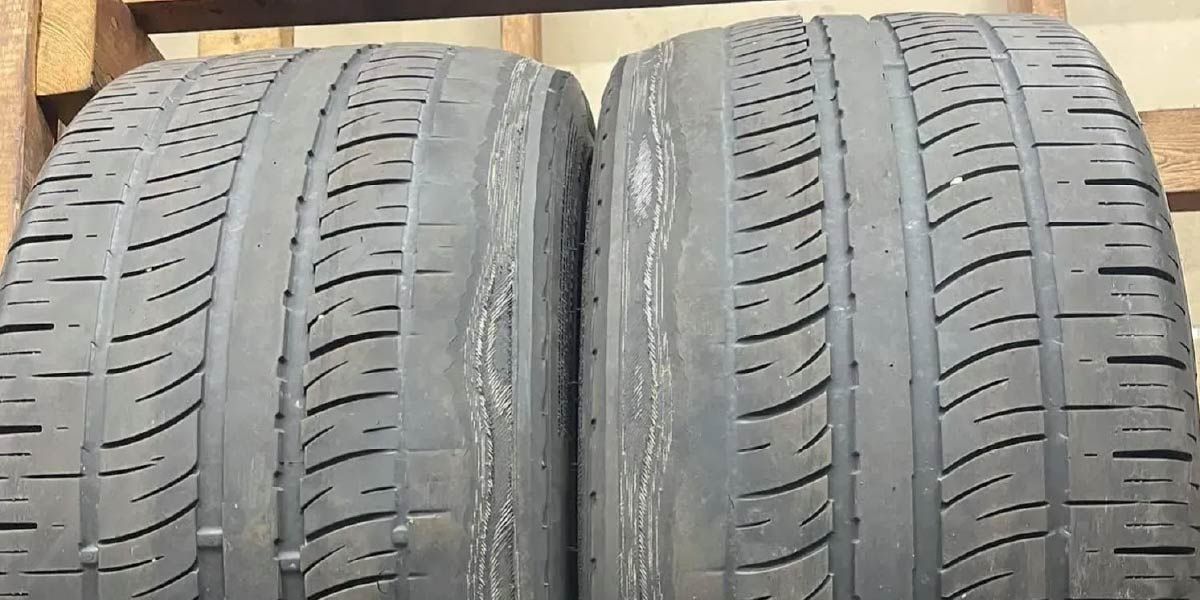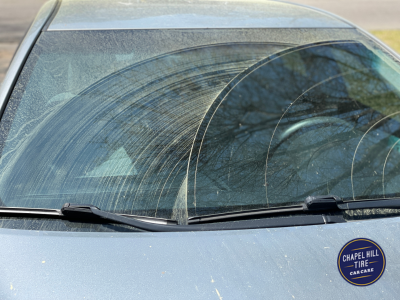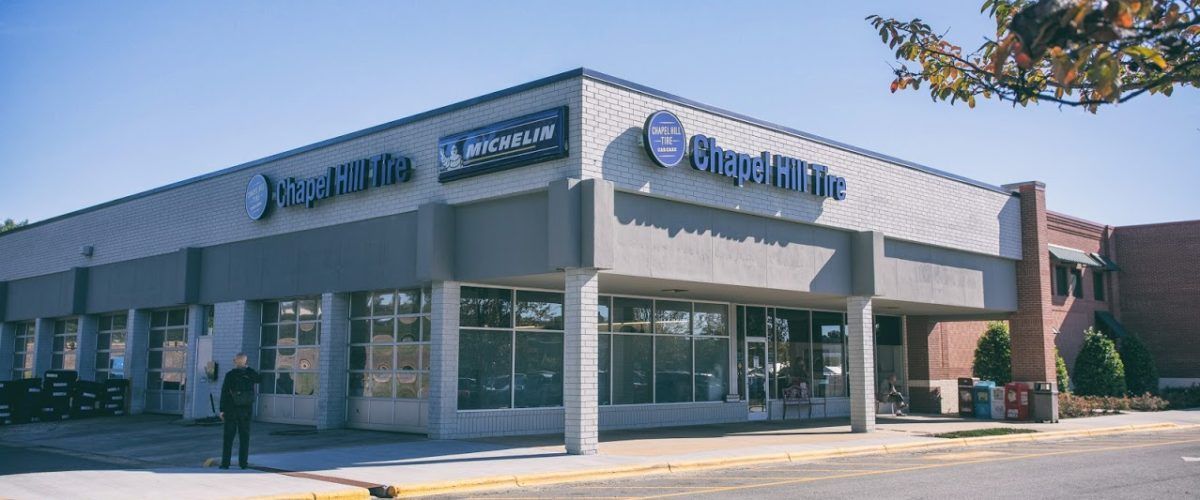5 Reasons Your Low Tire Pressure Light Came On
Auto Shops Located in: Chapel Hill, Durham, Taleigh, Apex, and Cary North Carolina
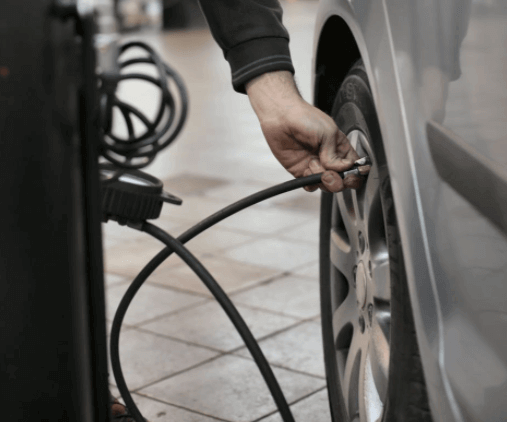
Low Tire Pressure Causes and Solutions
It is essential to keep your vehicle’s tires inflated. Poorly-inflated tires can put the health of your rims and tires at risk, lead to poor performance on the road, and make your fuel efficiency plummet. So why did your low tire pressure light come on and what can you do about it? The experts at Chapel Hill Tire are here with insight.
Tire Pressure Problem 1: Nail in Your Tire
It is common for nails to get kicked up on the road and puncture your tire. When your tire finds a nail in the road, it will begin to gradually let out air, which will cause your low tire pressure light to come on. Thankfully, a nail in your tire is easier to fix than you might believe.
Solution 1: Affordable Tire Service
An affordable tire service may be all you need to get your tires up and running. Experts can easily repair the damage created by a nail in your tire. During this vehicle service, a professional will remove the nail logged in your tire and patch the hole. They will then refill your tire’s air levels, getting you back on the road in no time.
Tire Pressure Problem 2: Bent Wheels or Rims
If you are experiencing low tire pressure on top of other driving issues, you may have a problem with your wheel structure or a bent rim. When a wheel or rim is bent, it has the capacity to let the air out of your tires. Beyond just low tire pressure, these issues can even cause severe damage to your tires and create larger problems if left unattended to.
Solution 2: Wheel Straightening or Rim Repair
Wheel or rim service can get your tires back in good shape. An expert can safely and easily repair bent rims or wheels. This vehicle service will restore your tire’s ability to maintain air pressure and provide other benefits like improved driving experience, better fuel economy, and enhanced performance on the road.
Tire Pressure Problem 3: Due for a Tire Refill
This is perhaps the most common and simple tire pressure issue. The tire light, first and foremost, serves as a reminder for when your regular tire refills are needed. If your tire pressure light has recently come on, you may need to bring it by for a refill.
Solution 3: Tire Refill
It is important not to underfill or overfill your air pressure, as these are both common causes of flat tires. For a safe and effective tire refill, you can use a gauge or visit an expert. You might even be able to score a free tire refill when you bring your vehicle in for a different service. For example, tire pressure cadence often aligns with your needed oil changes. If you get your oil changes at Chapel Hill Tire, our experts include a tire pressure check with each oil change. If you are looking to refill your tire pressure on your own, here is our guide on finding all of the information you need to know about your tires—including recommended tire pressure (PSI).
Tire Pressure Problem 4: Temperatures Changes
When the temperature outdoors changes, it can impact the air density in your tires. While this is not necessarily a problem, it is something you should keep an eye on. This is particularly relevant during the colder months. The cold temperatures cause your tire air to lose density, which will contribute to tire deflation. Warmer temperatures, conversely, may help boost the inflation in your tires (which is okay as long as they do not become overinflated).
Solution 4: Reinflating Tires
If the temperatures have caused you to lose tire pressure, you simply need to bring it in for a refill. An expert will give you some room for safety to account for fluctuating temperatures. Your vehicle should alert you of tire pressure changes with the temperature; however, it is still something to keep in mind during times of extreme weather.
Tire Pressure Problem 5: Old, Worn Tires
When your tires reach the end of their lifecycle, they will not retain air as they used to. There are a number of different factors that can contribute to the deflation of an old tire. If your tires are old, have been used extensively, have worn tread, and are having trouble keeping air pressure levels up, it may be time for a tire replacement.
Solution 5: Tire Replacement
If you are in need of new tires, the experts at Chapel Hill Tire can help you find the best price on the tires you need. We offer a Price Beat Guarantee, which lets us beat any competitor price you may find that is lower than our own.
Tire Service, Repair, and Replacement
The experts at Chapel Hill Tire are here for all of your service, repair, and replacement needs. Visit one of our nine Triangle-area locations in Apex, Raleigh, Cary, Durham, Chapel Hill, and Carrboro. Our professional mechanics also commonly serve nearby communities, including Knightdale, Pittsboro, Wake Forest, Hillsborough, and Morrisville. We are offering a pick-up/delivery service to safely meet all of your tire needs. Contact our service experts today to schedule your appointment.
We’ve got all your automotive repair needs covered.
